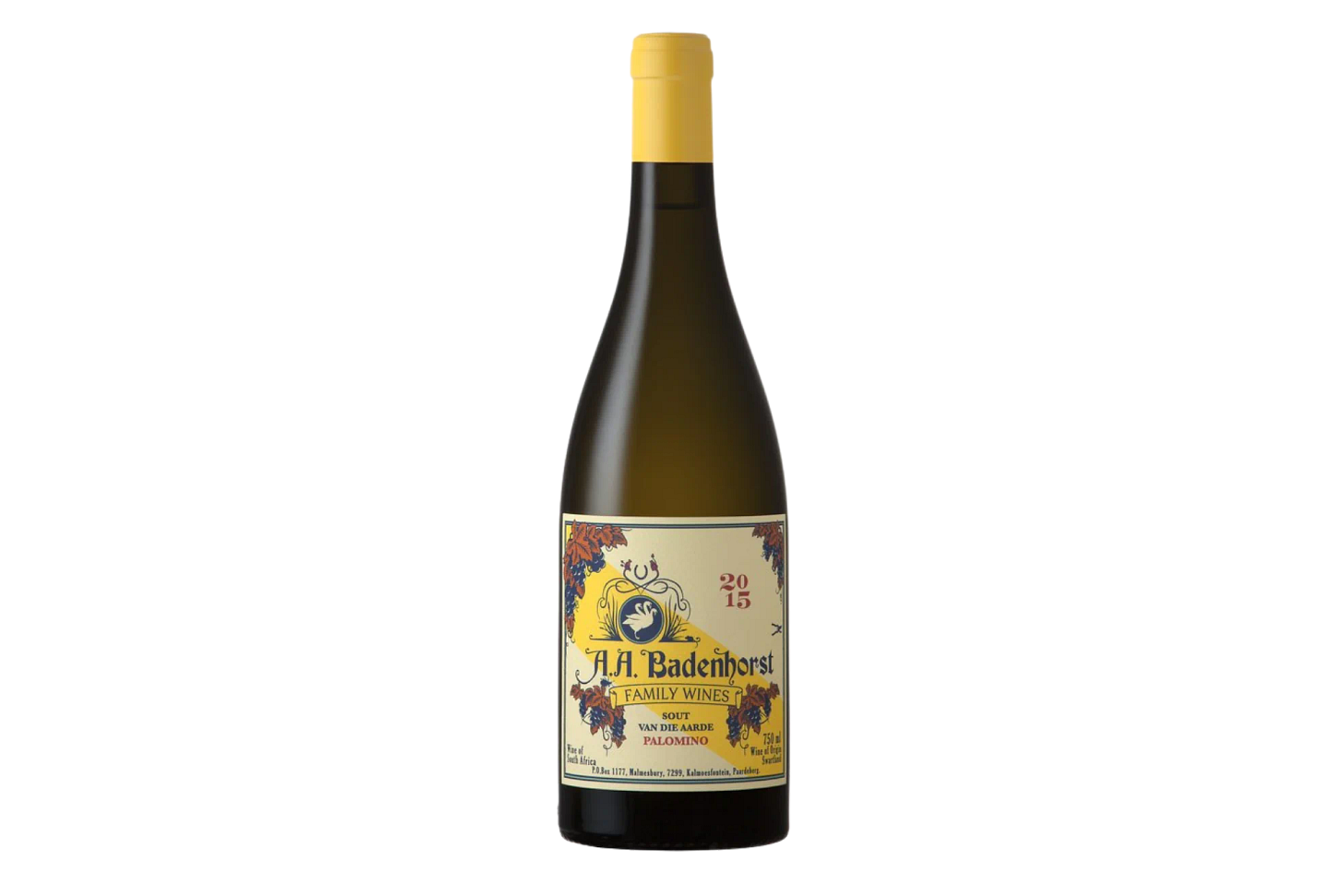Arizona's desert wines & Palomino in Texas 🤠🌵
IN THE HEADLINES 🗞
Finland is aiming to liberalise the alcohol market and become a wine-producing country. Currently, wine can only be purchased in the government-run monopoly, Alko. The new proposed legislation will mean that wine below 8% ABV can be purchased in supermarkets.
Pierre Castel, one of the wealthiest Frenchmen living in Switzerland and co-founder of France's Castel wine group, is to pay €60m in additional taxes to Switzerland over falsified tax filings for 2010 and 2011. The Swiss investigative blog Gotham City reported that Castel had “slipped under the radar” of the tax authorities by using the name Jesus instead of the more familiar Pierre, in his returns.
South Australian winery Wirra Wirra has signed a US distribution agreement with E & J Gallo, marking a “turning point” for Australian wine. Approximately, one in every five bottles purchased in the United States is sold by the California-based company.
Owners of historic NYC store, Sherry Lehmann, are being sued for $3.6m in back rent by the property’s landlord, amid the ongoing criminal investigation into tax debts (see my previous post for a summary of the scandal).
TREND ALERT
Reviving Palomino
Palomino, one of the grapes traditionally associated with Sherry, is experiencing a revival as a still wine and not just in Spain. Sara Ventiera reports for Seven Fifty Daily.
Winemakers in California and Mexico are reviving old vines of the Spanish white grape variety, which were brought over from Andalusia in Spain nearly 100 years ago, in some cases. The Badenhorst and Sadie families of South Africa are also achieving successful results from old vine Palomino.

Many of these winemakers report the same insight; that Palomino is a grape that can in the right conditions, can produce higher acid wines with plenty of mineral tones and varietal character.
Younger vines of Palomino outside Spain are less common but plantings are increasing. Winemakers in Texas are even experimenting! 🤠 This is thanks to Palomino’s “drought tolerance” which permits dry farming in warmer, arid environments. In fact, Palomino “really needs the heat to create the flavours that make a unique wine and the stress of a dry-farm system to produce acidity”.
Back in its hometown of Jerez, there are now approximately 30 wineries making unfortified wines, across the full spectrum of styles (classic, low-intervention, skin-contact and sparkling).
Arizona’s desert wines 🌵
Texas isn’t the only US state restoring viticulture.
An even more “unlikely” place to grow vines, according to Elaine Chukan Brown writing for Decanter, is Arizona.
In a sparsely populated community called Sonoita, missionaries had planted vines by the late-1700s, however, the first modern-day vineyards were established in the 1970s. Sonoita became one of the America’s first AVAs in 1984.
Scientists discovered that “the pH and calcium content of the state’s soils resemble those of Burgundy” and by the 1990s, wines of Sonoita were gaining status and being served at the White House!
Vineyards have now expanded to higher elevation regions such as Verde Valley.
So which grapes do you plant, asks Chukan Brown, in a region that “doesn’t resemble any other?”
Initially, following the craze of the late 90s, international grape varieties were favoured. Producers then veered away from “emulating” Old World regions and began to “create a new paradigm”. Varieties now range from Petit Manseng to Malvasia, Clairette Blanche, Vermentino and Picpoul Blanc, for the whites. Aglianico, Graciano, Tannat, Tempranillo and Vranac* are just some of the red varieties grown.
*a red grape originating from Montenegro

MARKET SHIFT
How important is Russia for the global market? 🇷🇺
Fascinating report from Meininger’s:
Since the Ukraine invasion, wine imports to Russia have increased, despite the embargo imposed by the EU and countries like Australia. Producers find ways to get their products into the country.
In July of this year, the Russian government enforced a duty hike on wines from “unfriendly” countries, from 12.5% to 20%!
“Unfriendly” countries include Italy, Spain, France, Portugal and Germany. Of Russia’s total imports of wine in 2022, these five ‘unfriendly countries’ accounted for 67% of the total. 😬
Meininger’s asks: Is Russia still important for the global market?
Russia still ranks seventh among the world's wine importers by volume.
Cheap wines in discount stores will suffer the worst from the new duty hike (the average cost of a bottle of wine sold in 2022 was RUR368 ($3.68)).
A “huge opportunity” opens for Russian producers and ‘friends’ - Chile, Argentina, South Africa, Georgia, Armenia and Moldova .
In the Russian SPAR supermarket chain, wines are divided between ‘Russia and Friends’ and unfriendly countries.
FOOD FOR THOUGHT
Robert Joseph (former wine correspondent for the Sunday Telegraph) in an interview for The Buyer:
“Many of us are still obsessively taking about food-and-wine pairing at a time when less and less wine is being drunk with conventional meals…”
And that’s a wrap! 👋



